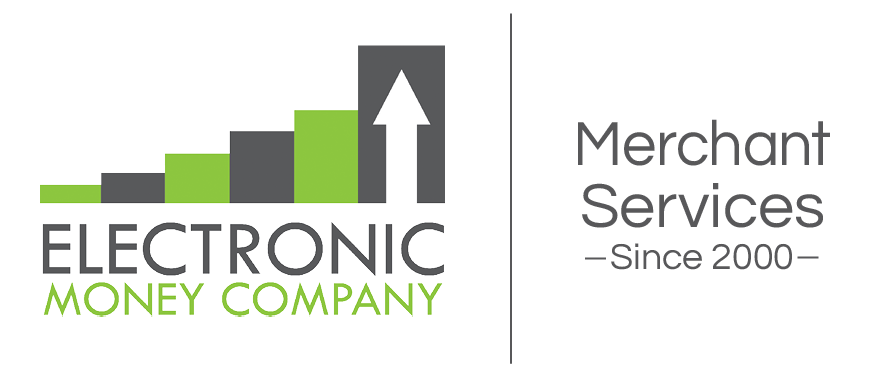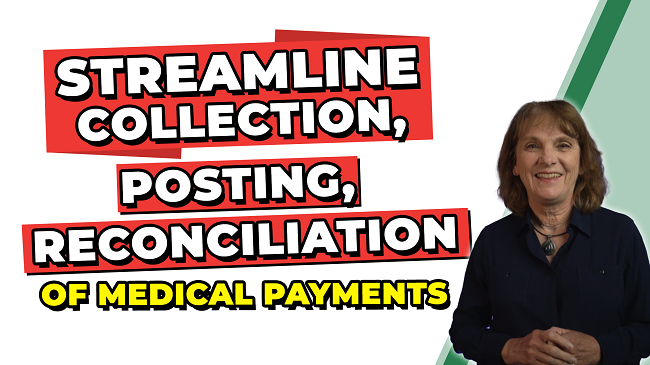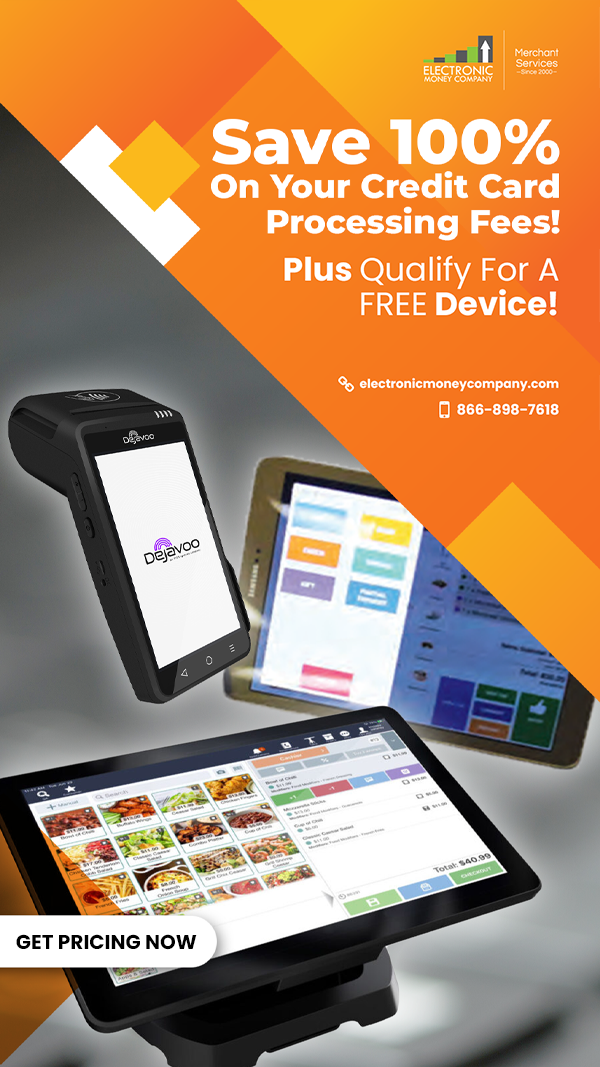In today’s healthcare landscape, medical, dental, and veterinary offices face the challenge of rising healthcare costs, leading to patients bearing a larger share of the financial burden. As a result, medical practices must dedicate more time and resources to collecting payments, posting them to medical records, reconciling accounts, and managing billing for outstanding amounts. In this blog post, we will explore the universal concerns within medical practices, discuss the impact of inefficient processes, and introduce a solution that can streamline payment management, improve cash flow, and protect profit margins to any EHR system.
Identifying Key Challenges:
Within medical practices, three major concerns consistently arise:
- Time-consuming and inefficient billing processes,
- Cumbersome administrative tasks, and
- Difficulties in collecting outstanding receivables.
These challenges can significantly impact a practice’s operations, hindering their ability to effectively manage patient payments and maintain financial stability.
The Consequences of Inefficient Processes:
Medical practices often find themselves relying on multiple disconnected systems for patient registration, payment capture, and billing communication. This fragmented approach leads to duplicated data entry, increased chances of human errors, and wasted staff time. Additionally, practices encounter obstacles when processing manual overpayment refunds, generating patient statements, and chasing small balances after insurance adjudication. Compliance with medical legal requirements further adds to the complexity, as practices are obligated to pursue collection on small bills through multiple contact attempts. Unfortunately, the cost of chasing these small bills often exceeds the actual amount to be collected.
Introducing Technology for Streamlined Payments:
To address these challenges, the adoption of new payment technologies has become paramount. Innovative tools such as texting invoices, recurring billing for in-house financing, and secure card-on-file options with patient permission have emerged to protect cash flow and enhance profit margins. A EHR payment interface known as Practice Management Bridge has proven to be particularly effective, offering seamless integration with all EHR Windows-based systems.
Benefits and Return on Investment (ROI):
An ROI analysis indicates that the average healthcare organization can achieve a remarkable return on investment of 165% by implementing the Practice Management Bridge, EHR payment interface. This technology facilitates a smoother payment process, reduces administrative burdens, and maximizes efficiency.
In the face of mounting healthcare costs and increasing patient payment responsibilities, medical practices must prioritize streamlining their payment processes to ensure financial stability. By adopting advanced payment technologies and leveraging tools like the Practice Management Bridge, medical, dental, and veterinary offices can effectively navigate the complexities of billing, improve cash flow, and safeguard their profit margins. If you have any questions or would like to discuss further, please feel free to reach out to us at 505-296-2847. Or schedule a demo today >>> calendly.com/ghollowell and we can kickstart your journey with Practice Management Bridge. Get ready to save time, reduce receivables, and enjoy an ROI that has been calculated at 165% for many clients.
Stay up to date with our latest videos and merchant services tips, make sure to subscribe to our YouTube channel by clicking the link here: https://bit.ly/3oqnz7Z


